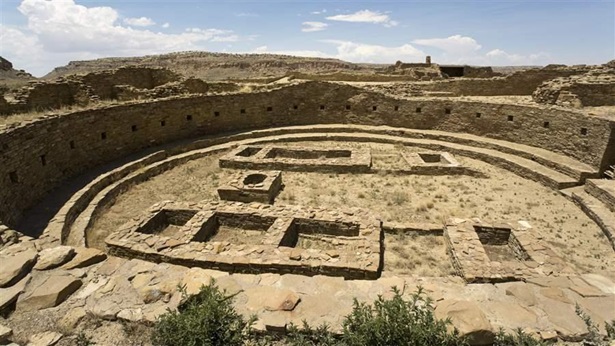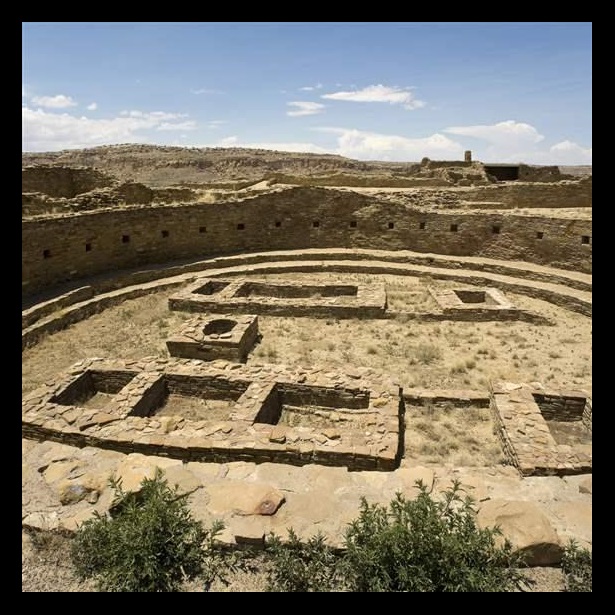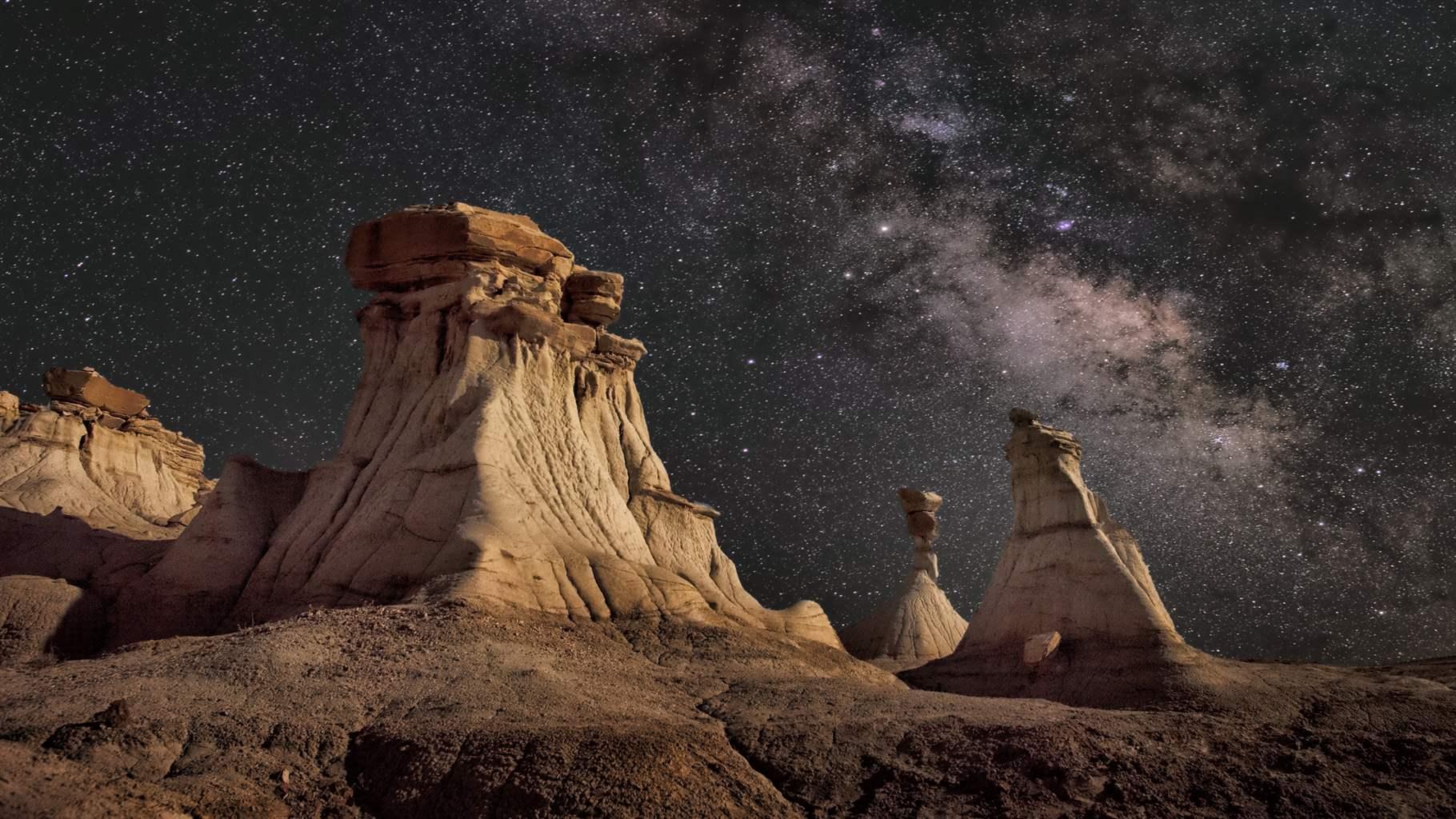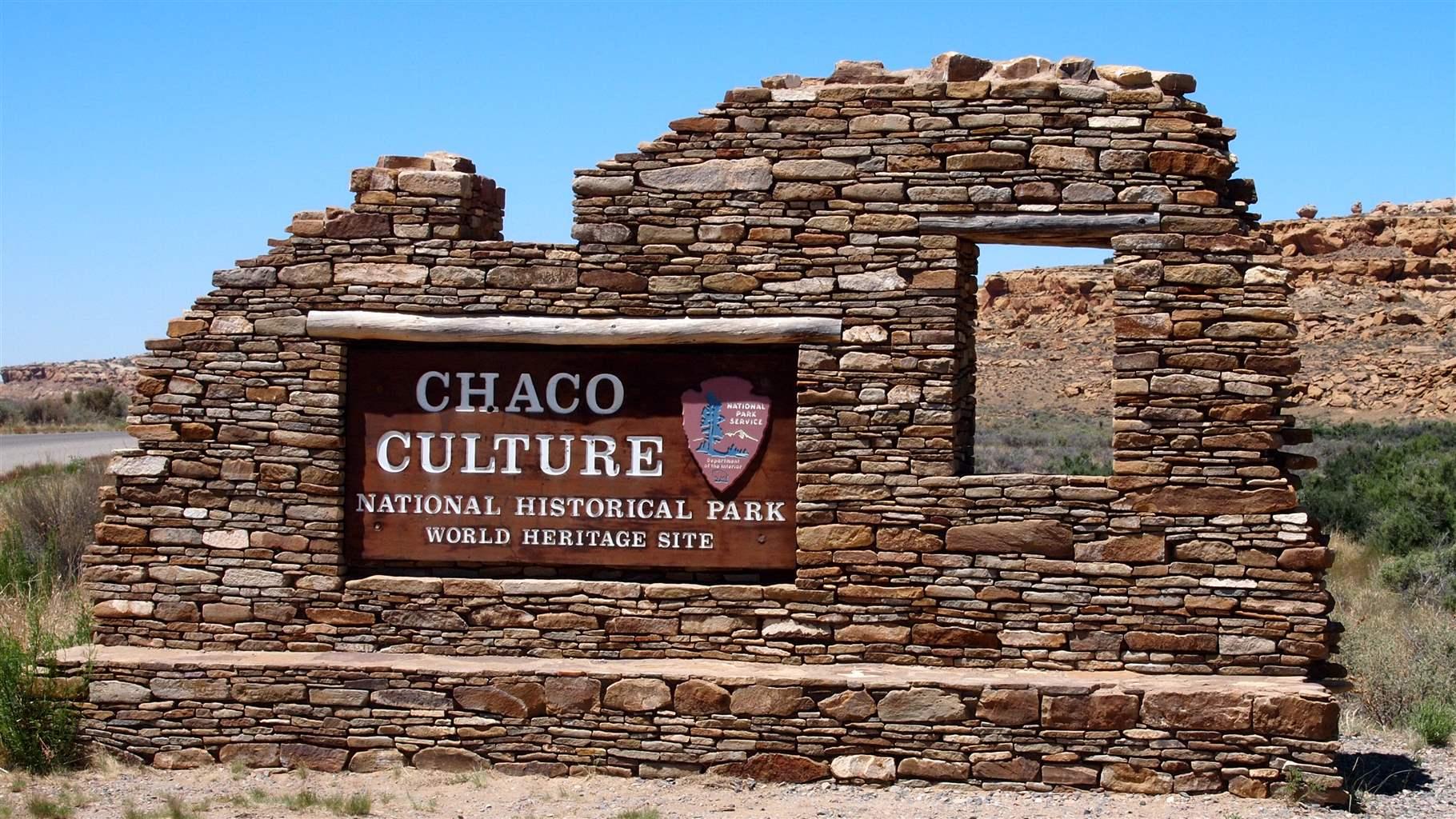Native American Culture Artifacts at Risk on New Mexico Public Lands
Bureau of Land Management considering more drilling near Chaco Canyon
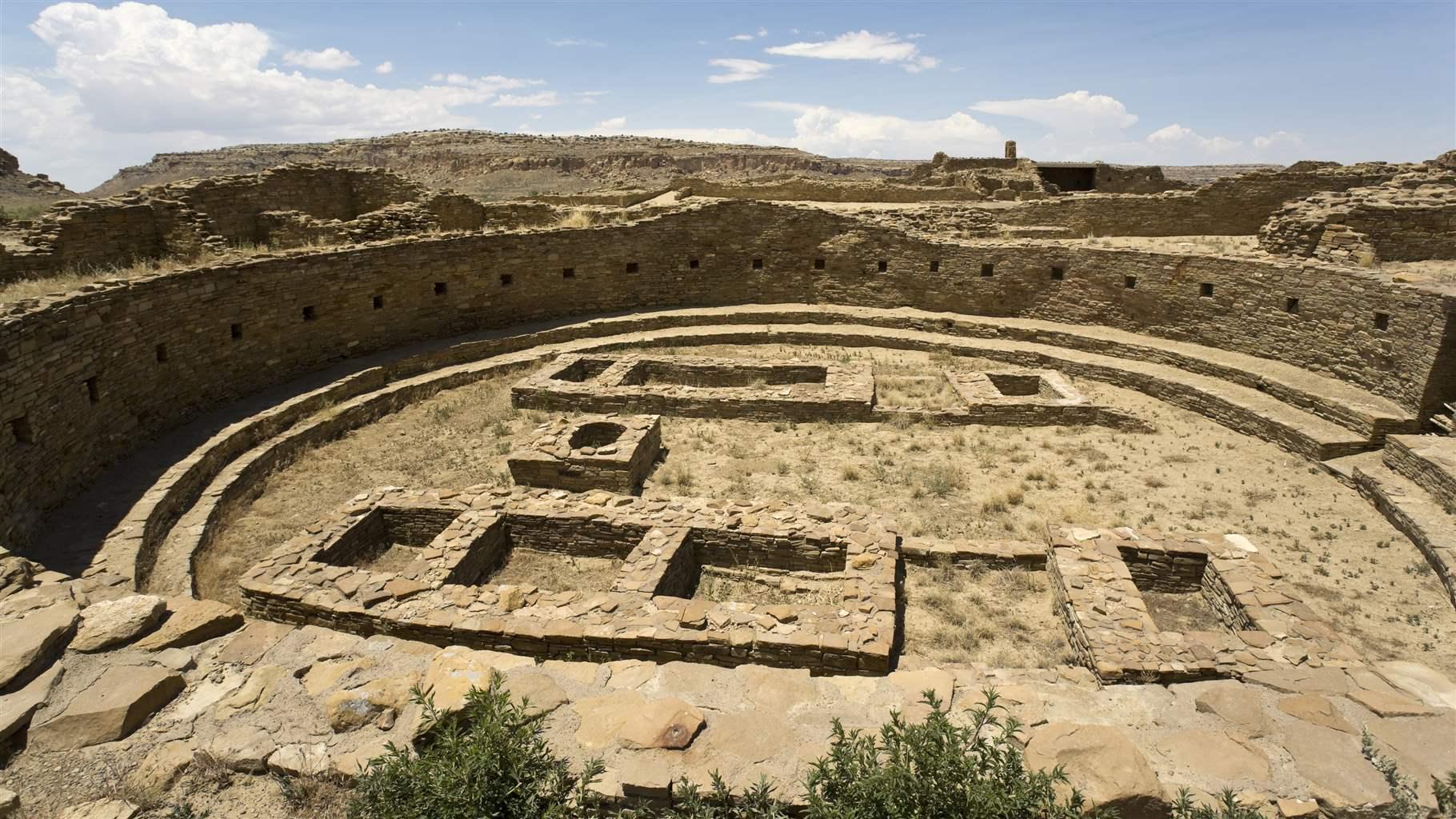
Editor's note: On Feb. 28, 2020, the Bureau of Land Management released the draft resource management plan amendment and environmental impact statement for the area surrounding Chaco Canyon. The plan is open to public comment.
Nestled deep in the San Juan Basin of northern New Mexico, Chaco Canyon cuts through miles of juniper-dotted mesas, buttes, and badlands. The area has been the bustling center of Puebloan society for centuries. Today it is home to Chaco Culture National Historical Park and surrounding unprotected lands, which hold a trove of ruins—great houses, an elaborate road system, ceremonial kivas (underground rooms), and artifacts—many of which remain to be identified.
This arid, windswept region is considered sacred by many tribes throughout the Four Corners region of New Mexico, Arizona, Utah, and Colorado, with cultural ties to Mesa Verde, Canyon of the Ancients, Bears Ears, and other Native American sites across the region. The Greater Chaco Landscape is also a popular stargazing destination for professional and amateur astronomers.
Now this area is under threat from potential oil and gas development.
Greater Chaco is one of just 22 UNESCO World Heritage Sites in the United States. The area was designated a national monument by President Theodore Roosevelt in 1907 and was added to the U.S. National Register of Historic Places in 1966. In 1971, it was included in the New Mexico Register of Cultural Properties, and Congress changed the area’s designation to a national historical park in 1980.
Although the park is protected from development, the Greater Chaco Landscape is not. New technologies used to access oil and gas reserves have led to increased development interest in the landscape, which has been largely spared from drilling relative to areas just to the north. Now the Bureau of Land Management (BLM) and Bureau of Indian Affairs (BIA) are revising a land use plan for the region and will decide whether the core area around the park, defined roughly by a 10-mile radius, will be open to drilling. Pueblo and Navajo leaders have united in calling on the BLM to protect these public lands from additional drilling to help preserve the region’s rich cultural resources and artifacts. The BLM and BIA will soon issue their draft plan for public comment.
In response to tribal interests, both of New Mexico’s U.S. senators, Tom Udall and Martin Heinrich, have introduced the Chaco Cultural Heritage Area Protection Act of 2018, which would safeguard some of the lands closest to the park. This legislation is supported by the All Pueblo Council of Governors and the Navajo Nation, as well as The Pew Charitable Trusts and other partners working to conserve this cultural landscape and its Native American heritage.
Ken Rait is a director and Matthew Skroch is an officer with The Pew Charitable Trusts’ western lands initiative.
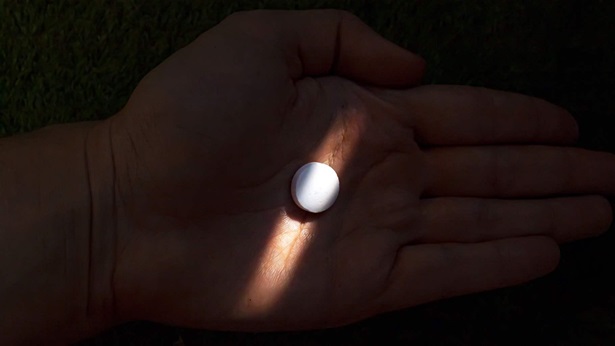
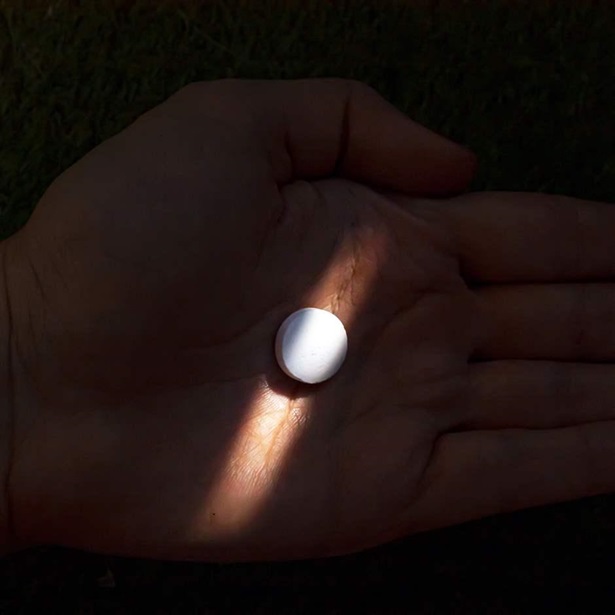
America’s Overdose Crisis
Sign up for our five-email course explaining the overdose crisis in America, the state of treatment access, and ways to improve care
Sign up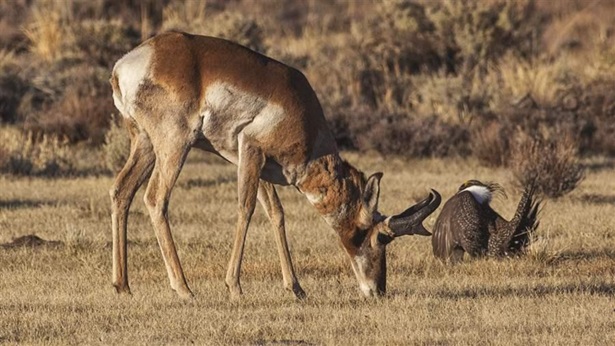
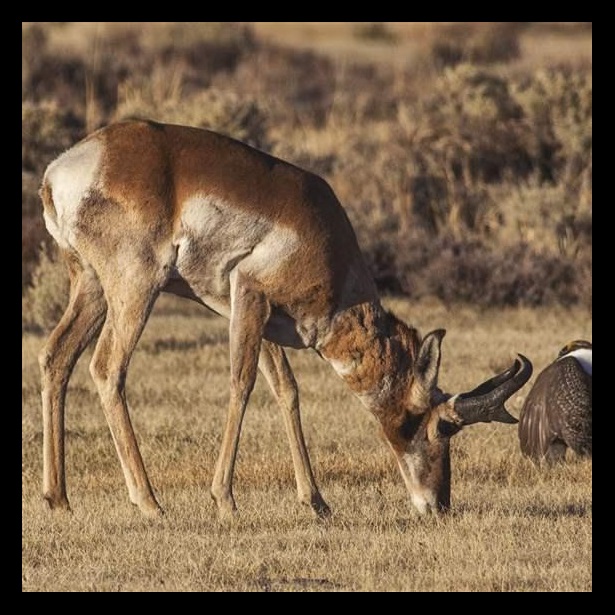
Fast Facts About the BLM
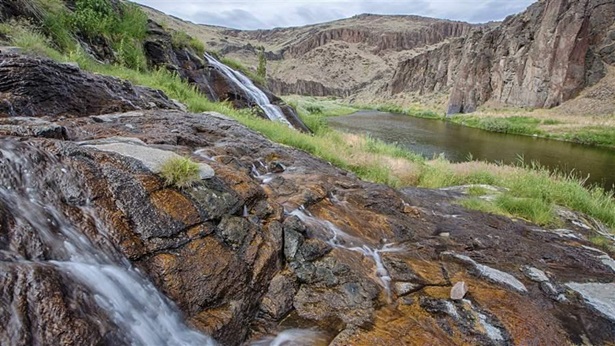
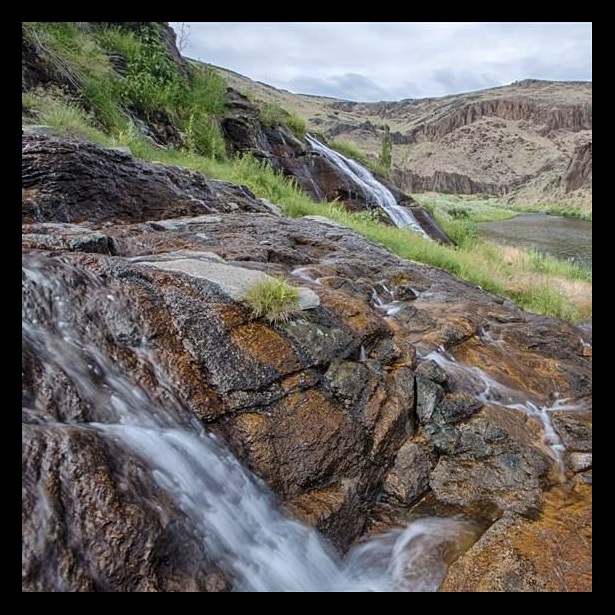
The Economic Value of ‘Quiet Recreation’ on BLM Lands
